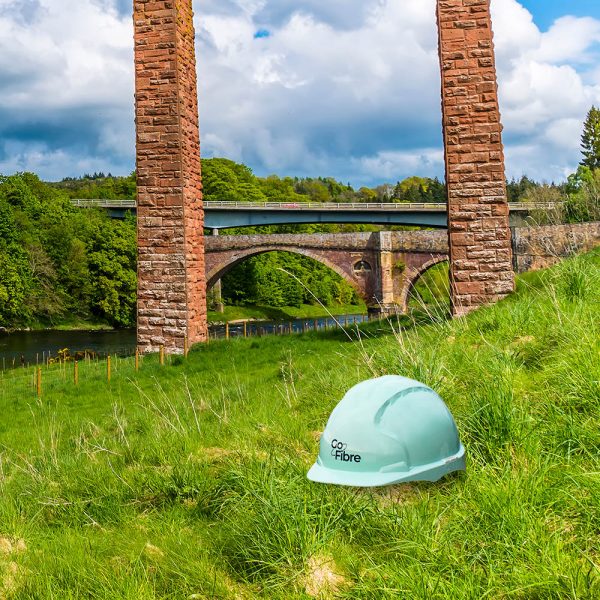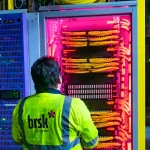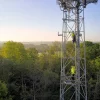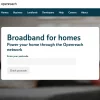GoFibre Aims to Cover 250,000 UK Premises with FTTP Broadband in 3 Years UPDATE

Edinburgh-based ISP and network builder GoFibre recently published their annual accounts to the end of 2024, which among other things revealed that their revenues increased by 71% to £2.02m (2023: £1.17m). The operator now expects their roll-out of FTTP broadband in rural Scotland and North England to reach a footprint of 250,000 premises “in the next 3 years“.
The latest accounts also revealed that the provider ended the year with an operating loss of £14.11m (2023: £13.67m) and saw a decrease in their capital expenditure to £30.69m (2023: £33.01m). But gross profit did increase dramatically from £23k in 2023 to £1.02m in 2024, which perhaps highlights how their previous surge in network build has been attracting take-up (they covered an extra 42,500 premises in the last year, but customer figures aren’t stated).
The results also mentioned that their “business plan assumes GoFibre works with a number of ISPs to connect new customers,” which probably reflects the fact that their state aid funded Project Gigabit contracts require the provision of a wholesale solution. But network operators don’t always make the commercials of this attractive enough or have the scale to entice other ISPs to adopt, but experiences do vary.
Advertisement
At the time of writing we don’t currently know what other internet providers may harness GoFibre’s network, except for Marykirk.com that has long held a relationship with the provider (here).
Customers of the provider’s own retail service, once live, can expect to pay from £22.50 per month for a 150Mbps (30Mbps upload) package on a 24-month term with an included wireless router, which rises to £33 for their top 1000Mbps (100Mbps upload) plan. The latter also comes with a bonus Wi-Fi extender (this can optionally be taken on other plans at extra cost).
UPDATE 26th Aug 2025 @ 6:54am
GoFibre does appear to provide customer figures for their service, but to get them you have to hunt out the accounts for their legal parent company – GF TOPCO LIMITED. The document there reveals that they ended 2024 with a total of 10,597 “live customer connections“, which is up from just 3,949 in the previous year when their network covered 77,572 premises (RFS).
Advertisement
Mark is a professional technology writer, IT consultant and computer engineer from Dorset (England), he also founded ISPreview in 1999 and enjoys analysing the latest telecoms and broadband developments. Find me on X (Twitter), Mastodon, Facebook, BlueSky, Threads.net and Linkedin.





















































Good luck, hope it works out.
I fail to see how aiming to cover 250,000 premises in the next 3 years is something worth publicising when 3 years ago they claimed they would cover 500,000 premises by the end of 2025 but at the end of 2024 they had managed 120,000. Their build rates have continuously underperformed their own expectations so even 250,000 might be optimistic by 2028.
They are going to be busy doing a lot of “hard to reach” premises under project gigabit so can’t see that accelerating their build rate.
In terms of:
> business plan assumes GoFibre works with a number of ISPs to connect new customers
I’d be interested in finding out about that.
—* Bill Buchan
Director, Marykirk.com
I cannot understand how any funder would be crazy enough to lend a company with a circa £2m turnover almost £300m… How can they ever in a 100 years pay that back or offer a return to the investors? This is going to be a monumental waste of public money when they go bust – which they almost certainly will, and all the public money wasted by the Scottish Government, BDUK and the Scottish Investment Bank goes down the toilet. In no other industry would so much money be given to so many tiny companies without any due diligence or common sense assessment of risk.
The physical infrastructure will still exist, and there is little overbuild with either Virgin or Cityfibre. As long as another supplier takes over the infrastructure, the “public” money will have achieved its intended purpose: getting fibre to homes and businesses.
On the pole serving my house, four out of 11 properties have taken GoFibre (including myself), which is a pretty decent take-up rate considering I get 78/19 on VDSL (I kept it as a backup since I work from home). The pole has been live for just over a year.